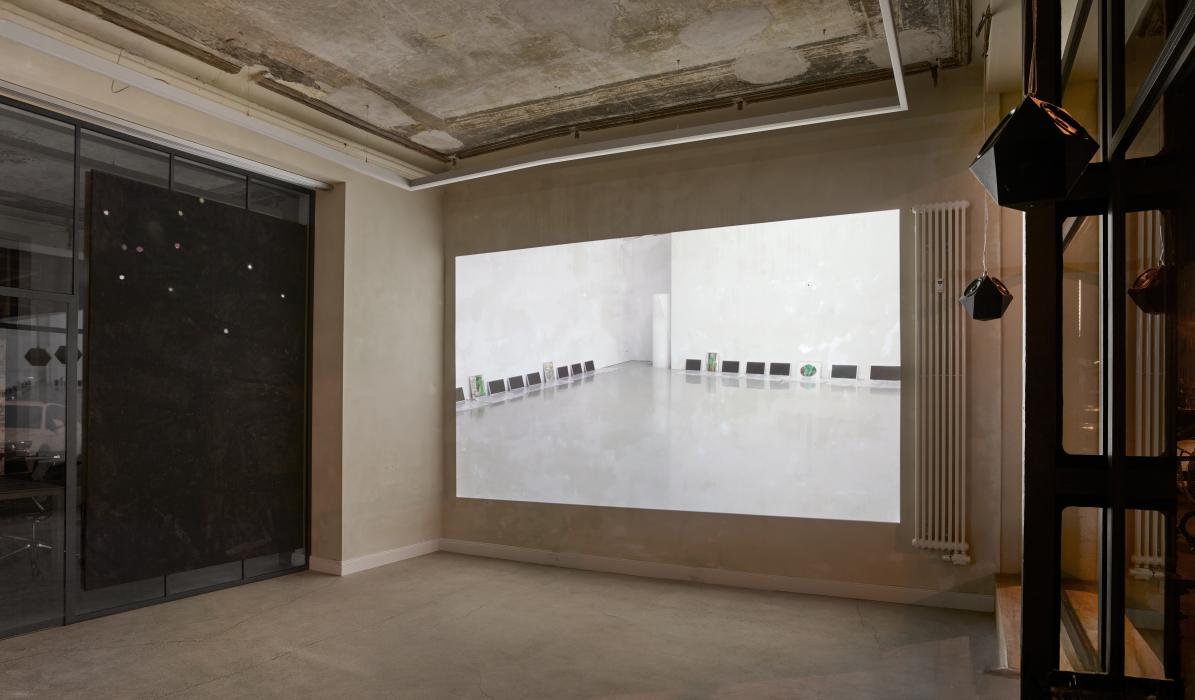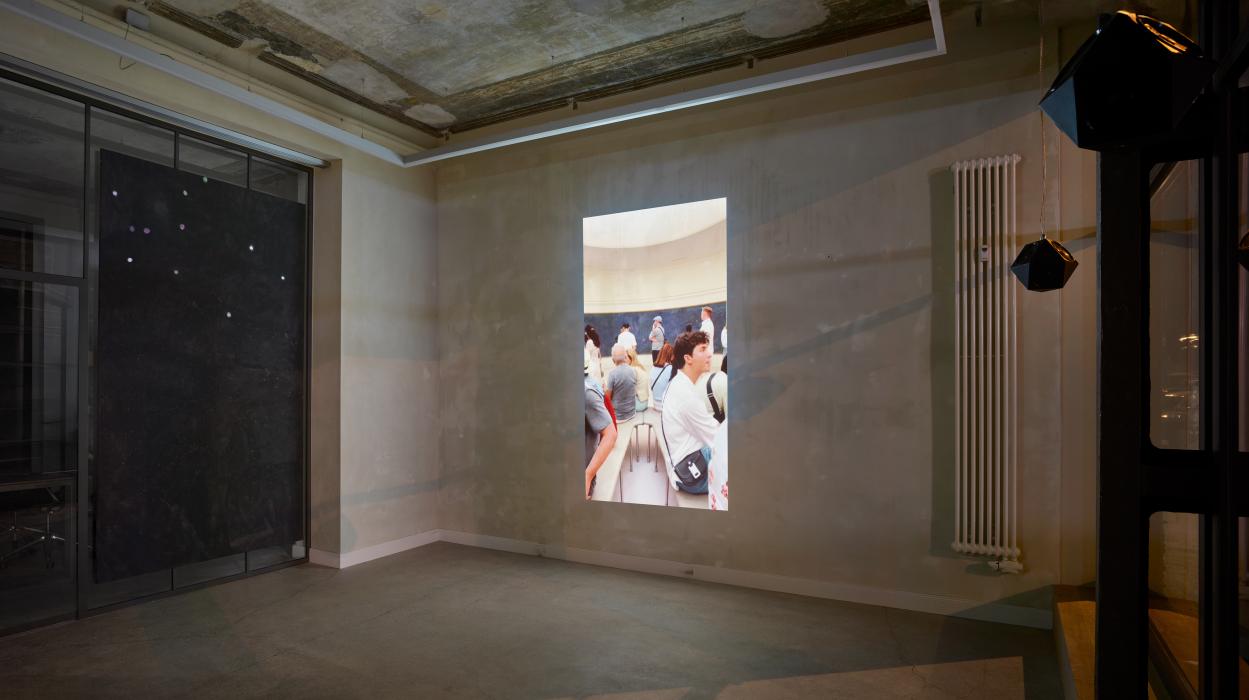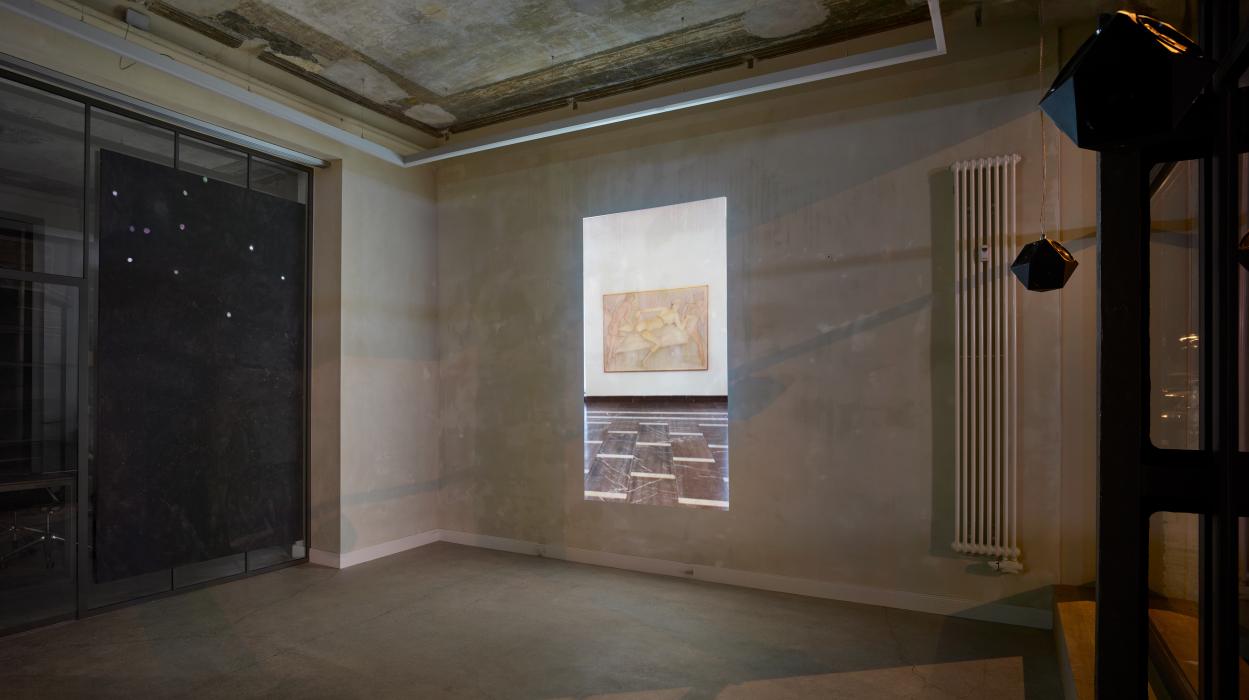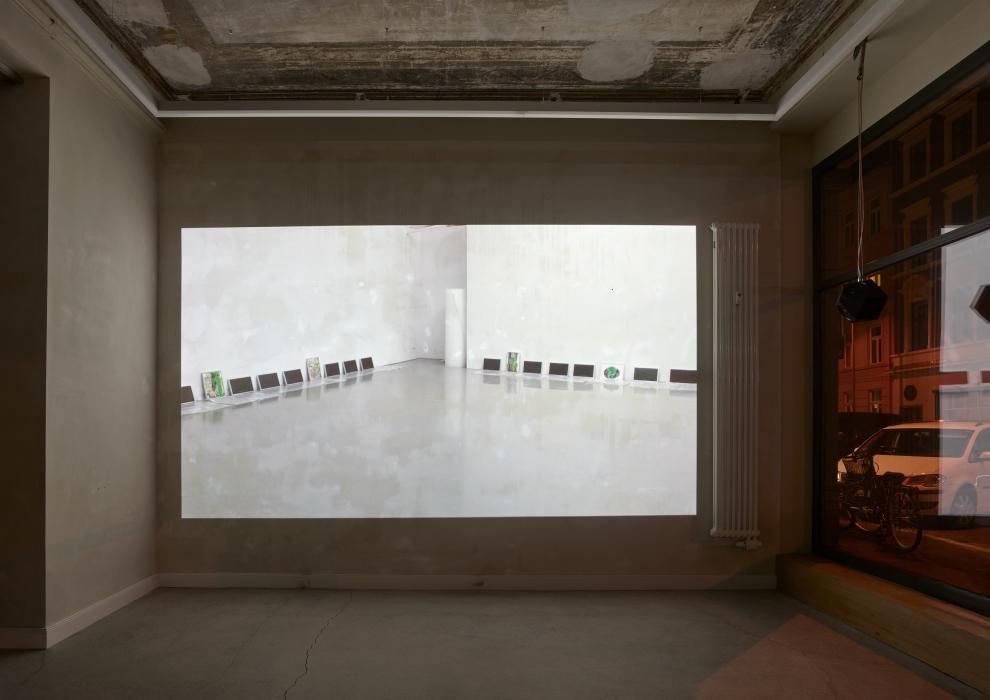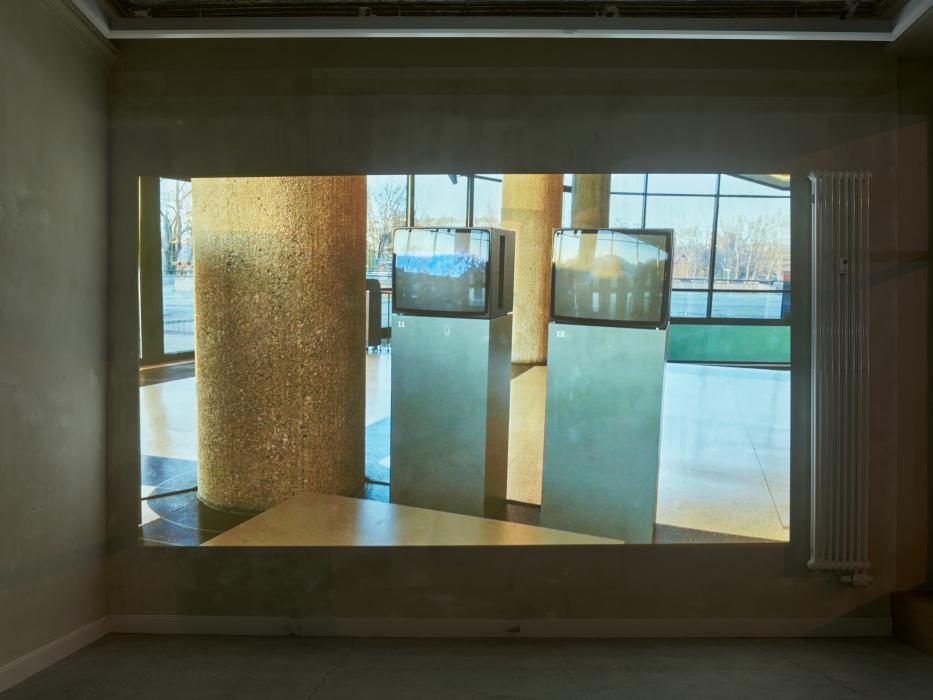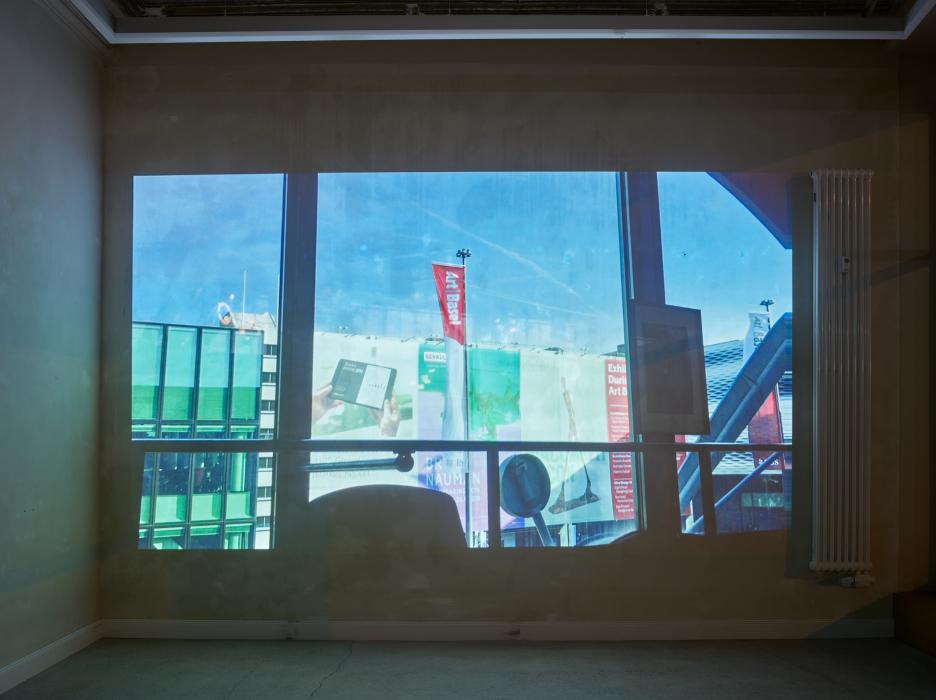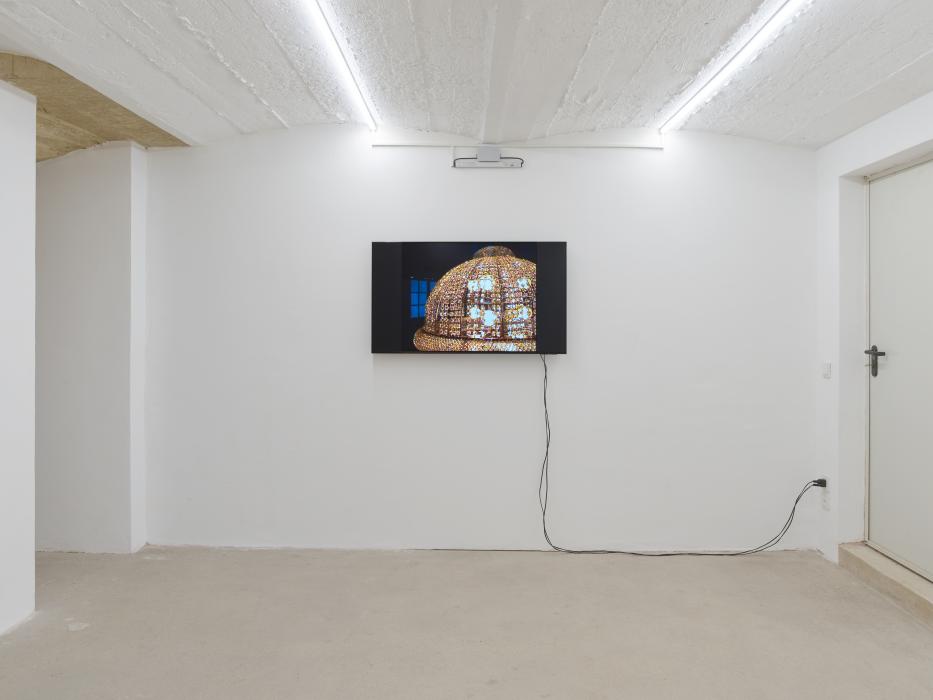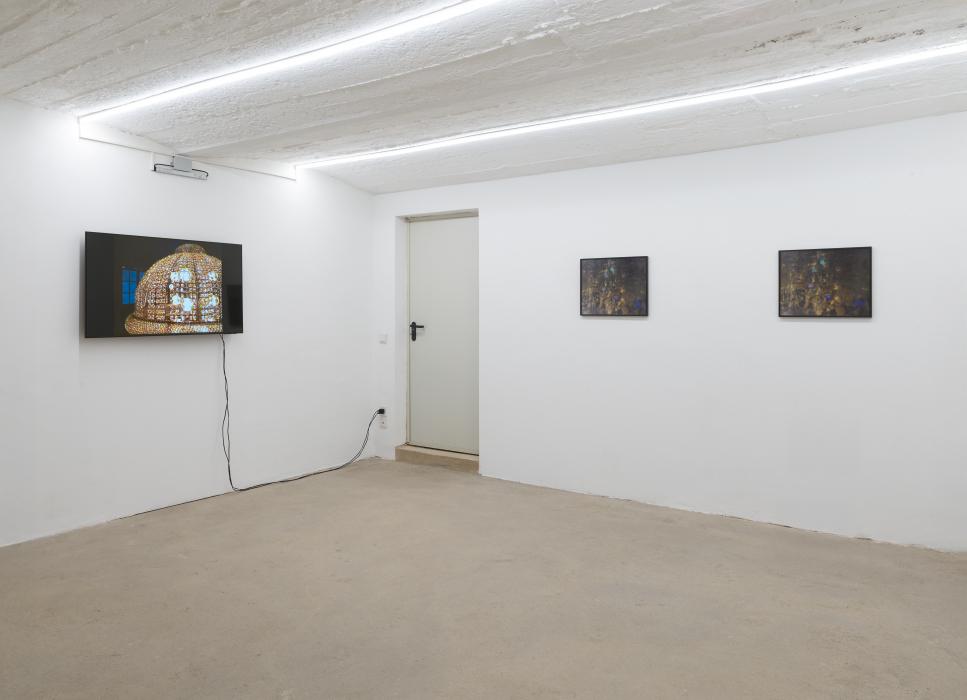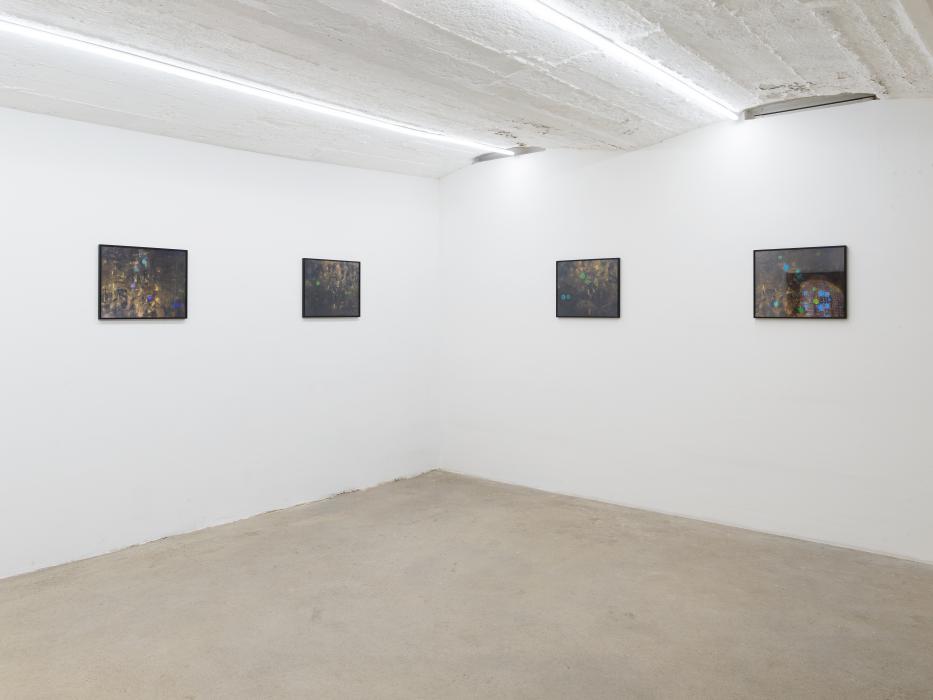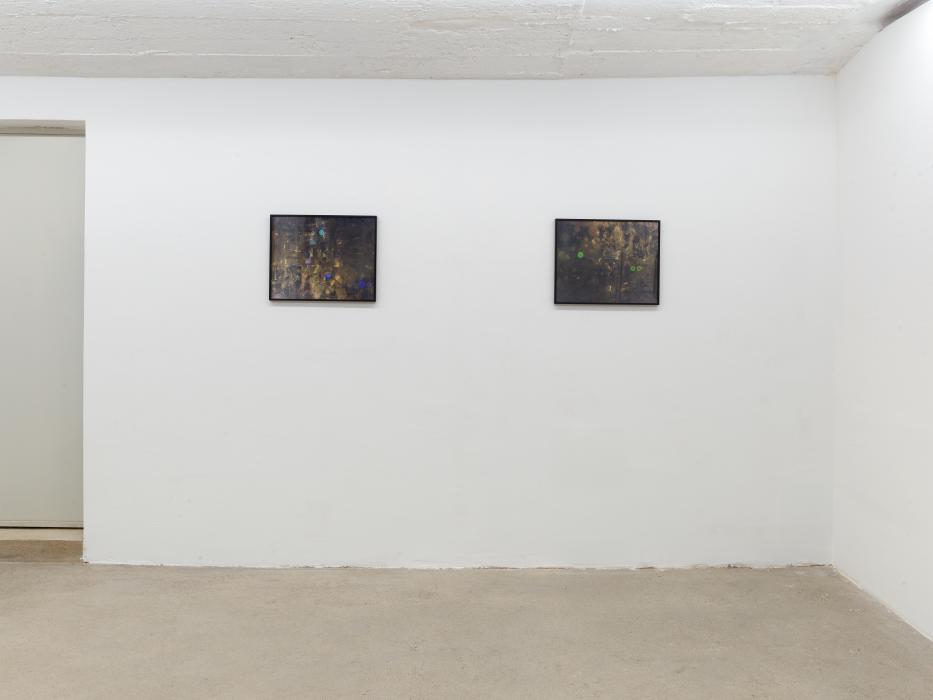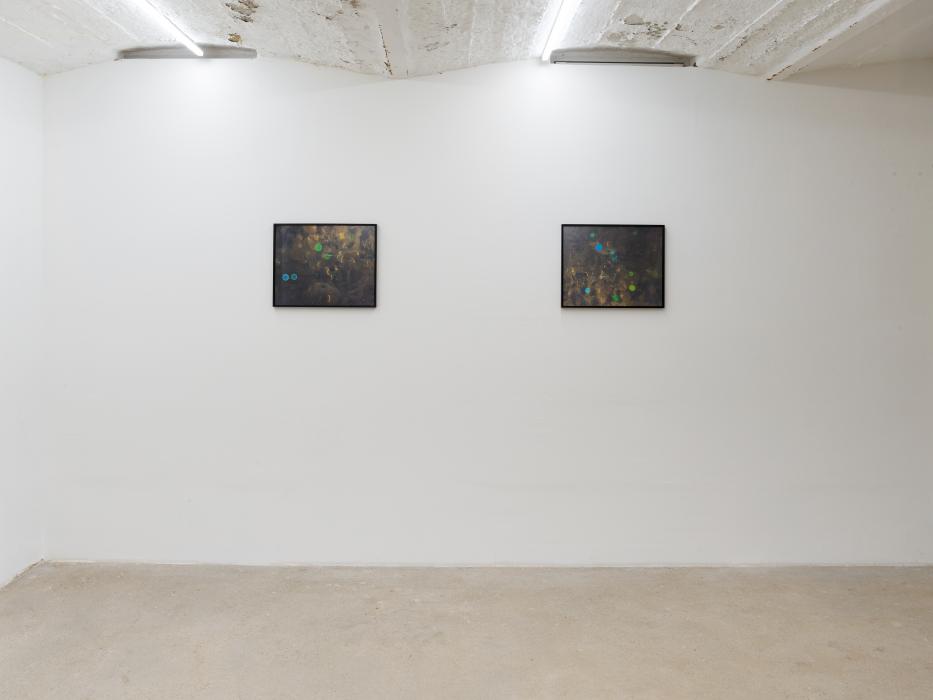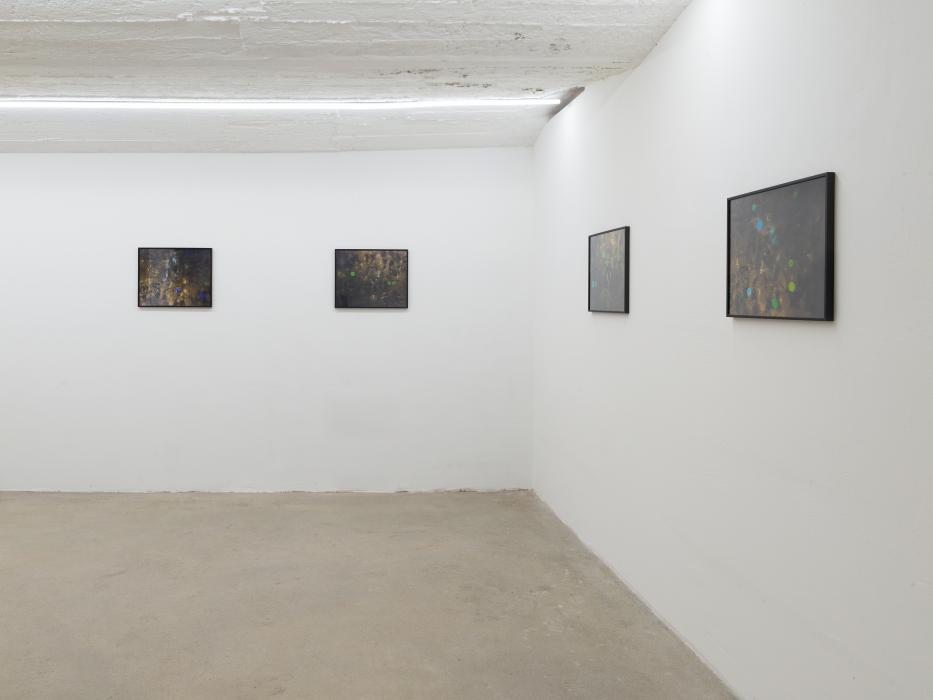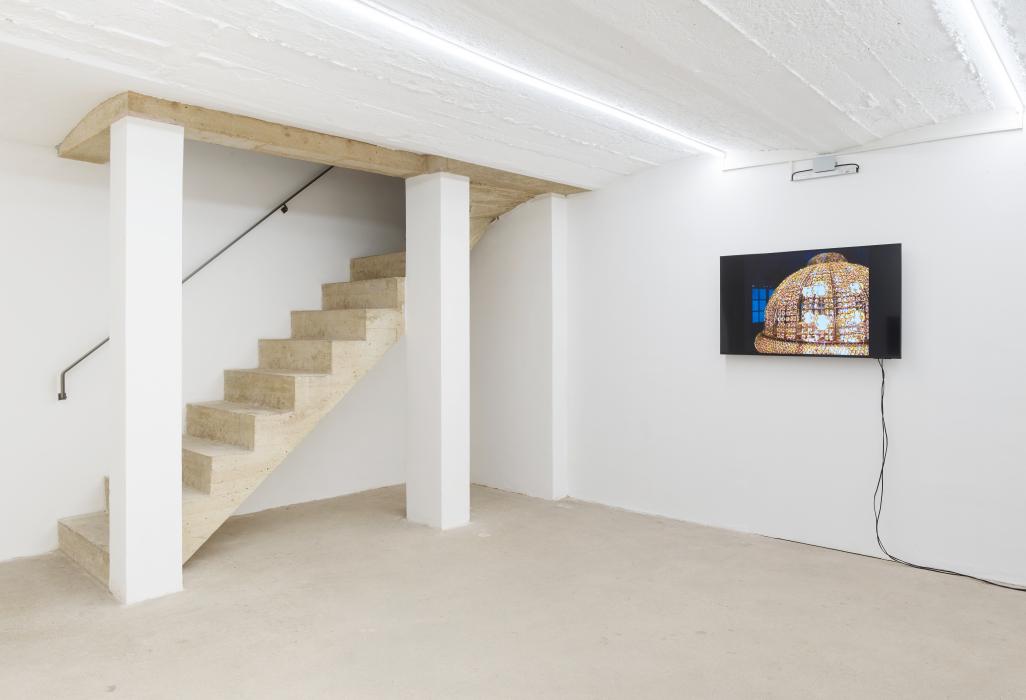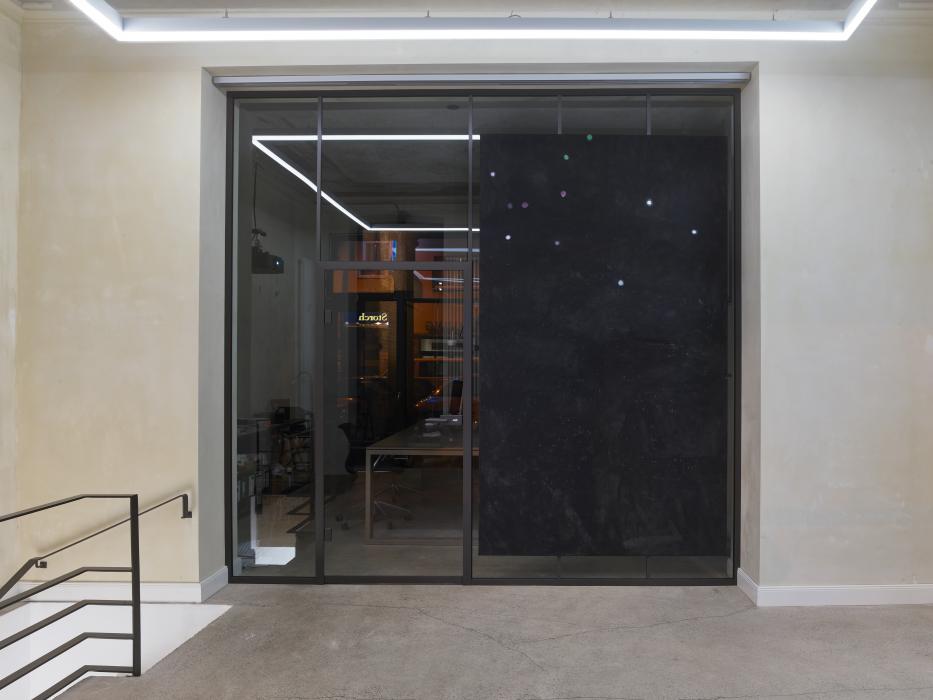
Juliette Blightman, 360
Blightman began filming shows on a Sony hi8 Handycam in 2007 when she studied in London. 360 2007 (2023) is a portrait of that year through exhibitions. The footage begins with Gareth McConnell’s’ show at Carl Freedman Gallery and ends with Matthew Barney’s at Sadie Coles HQ. In between, Blightman records her degree show at Byam Shaw when it was at Central St Martins in Archway and her first exhibition, ‘The Chips are Down’ at what used to be Whitechapel Project Space. 360 2007 is a snapshot of a particular time and place as seen through the subjective lens of the artist while simultaneously indicative of artmaking at that moment. For instance, Blightman later recognized how much 2007 was marked by more moving image work than any other medium.
In this sense, the artist’s ad-hoc documentation share attributes with Louise Lawler’s decentering of the artwork. Whereas the edges of the frame in Lawler’s carefully composed photographs reveal where art is shown, and thus reminding us of their context, Blightman’s unsteady camerawork surveys exhibitions in real time as seen from the perspective of both artist and spectator in three-dimensional space.
While the panorama was popularized in 19th Century painting, it is its cinematographic successor–panning–that Blightman’s films more closely adhere to. As a repeated gesture, this technique calls to mind the manual pan that filmmaker Jeff Preiss developed and often uses to film with his 16mm Bolex camera. Preiss was a member of the co-operatively run Orchard Gallery in New York City in the early 2000s, and some of this footage can be seen in his film Orchard Document: Spring Wound (2005-2008), which collates everything he filmed chronologically during the four years the gallery existed.
Like Preiss, Blightman is systematic in her approach towards filming. As such, her 360 degree point of view can be considered as a form of historical record somewhere between artwork and document. Rotating in space, what the artist began as an impulsive act imbues exhibition documentation with a physicality that has of late become increasingly disembodied when we view shows online. Image circulation favors the eye, affecting our consumption of shows and, as Michael Sanchez suggests in 2011: Art and Transmission (2013), causes the viewer to unfocus. Blightman’s films counter this, or what Nathan Jurgenson terms the ‘social photo’, via their inclusion in a gallery space. Viewed sequentially, however, her footage in constant rotation has an altogether other disorientating effect, like that of a carousel. Nevertheless, the 360s acknowledge the camera as an extension of the body and the person behind the lens. In this sense, Blightman becomes the personification of maker, exhibitor, and viewer all in one–an amalgam that speaks to the social body in which art is made and shown.
Text by Saim Demircan
